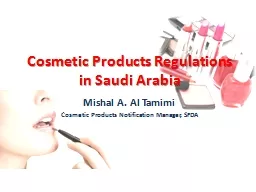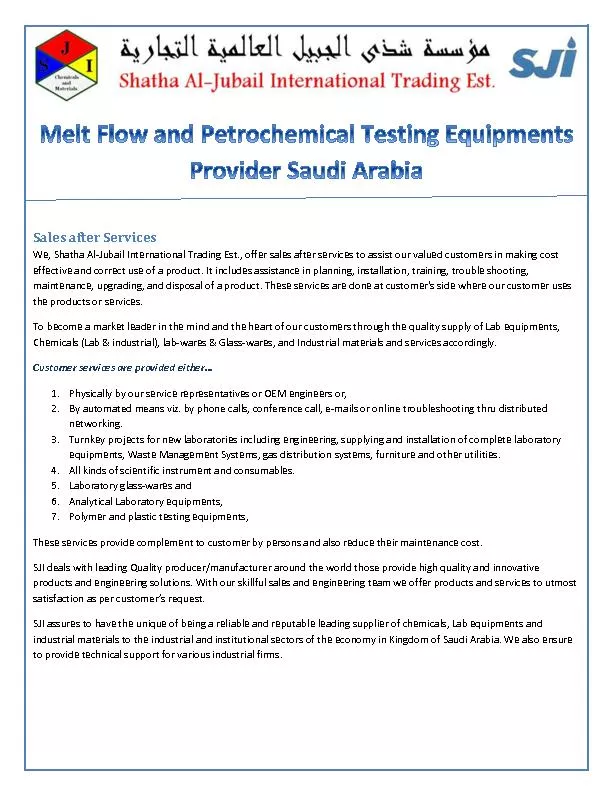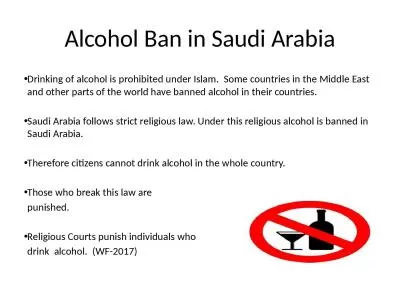PPT-Cosmetic Products Regulations in Saudi Arabia
Author : kittie-lecroy | Published Date : 2018-07-12
Mishal A Al Tamimi Cosmetic Products Notification Manager SFDA Contents Contents Saudi Food amp Drug Authority SFDA Established on 10 th March 2003 Objective is
Presentation Embed Code
Download Presentation
Download Presentation The PPT/PDF document "Cosmetic Products Regulations in Saudi A..." is the property of its rightful owner. Permission is granted to download and print the materials on this website for personal, non-commercial use only, and to display it on your personal computer provided you do not modify the materials and that you retain all copyright notices contained in the materials. By downloading content from our website, you accept the terms of this agreement.
Cosmetic Products Regulations in Saudi Arabia: Transcript
Download Rules Of Document
"Cosmetic Products Regulations in Saudi Arabia"The content belongs to its owner. You may download and print it for personal use, without modification, and keep all copyright notices. By downloading, you agree to these terms.
Related Documents













